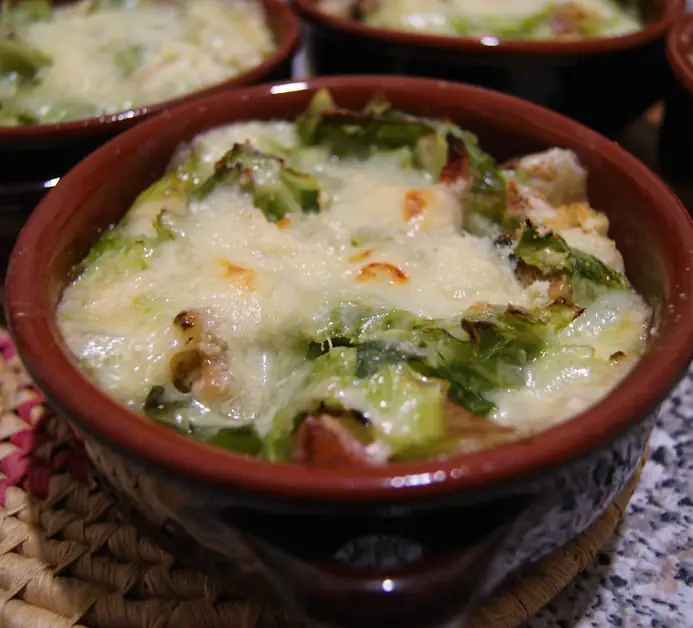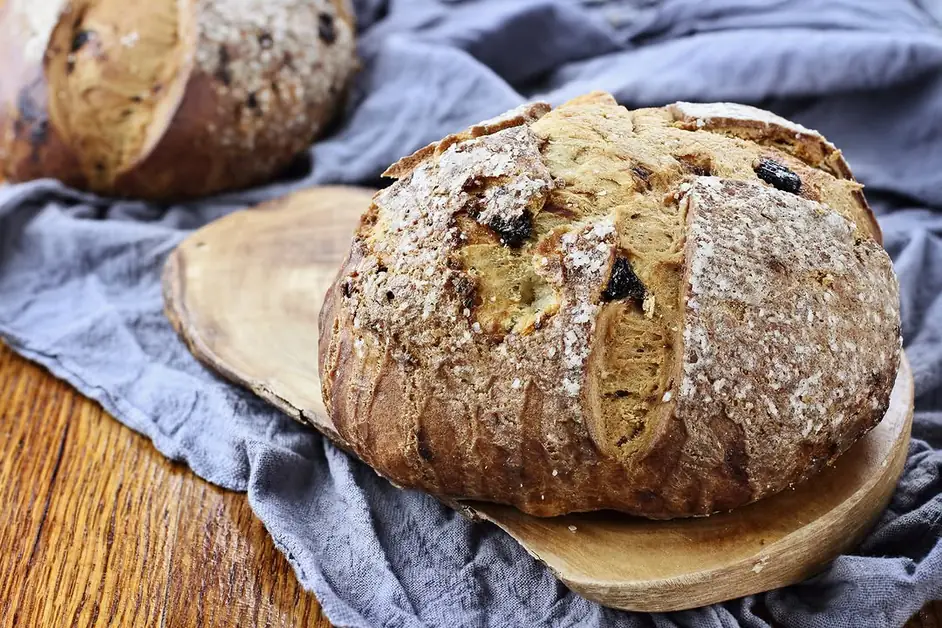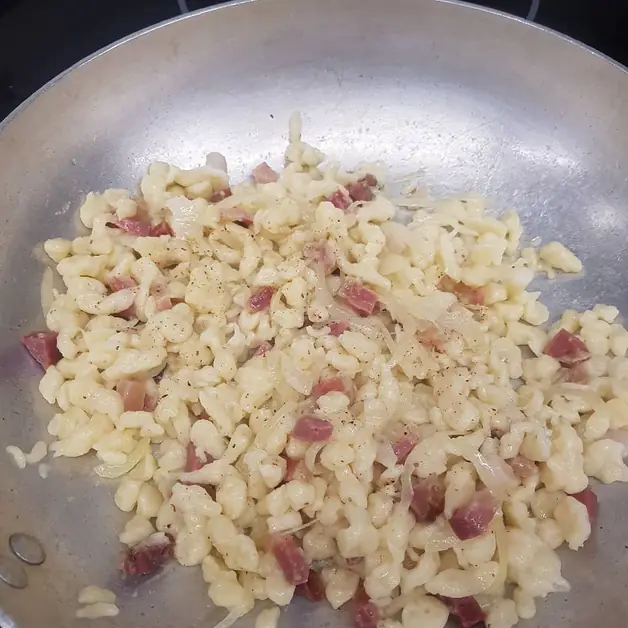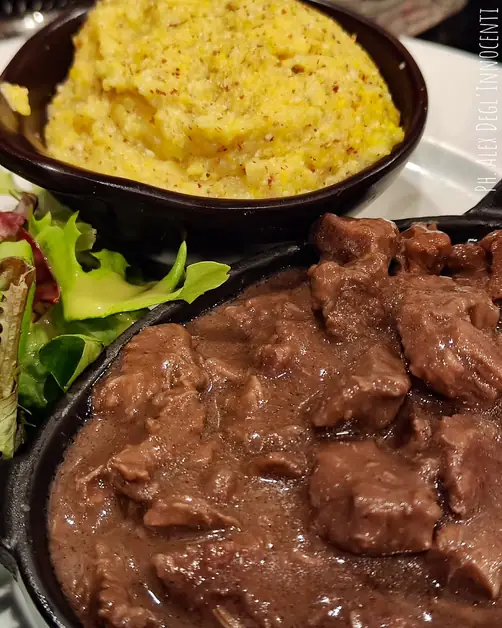The unique traditions of Valdostan black bread
Valdostan black bread is a symbol of the culinary tradition of the Aosta Valley.
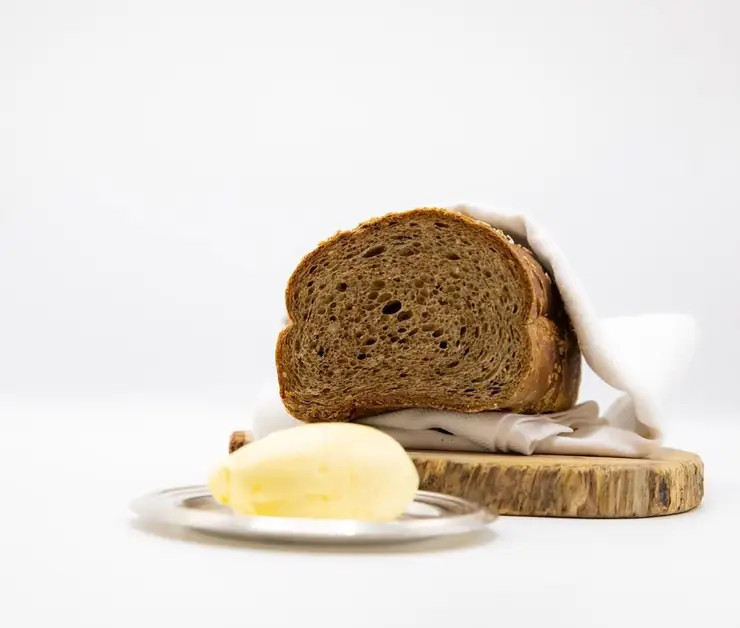
What is Valdostan black bread?
Valdostan rye black bread is one of the most beloved specialties of the Aosta Valley, a traditional product that tells the story and culture of the alpine communities. Made with rye flour, wheat flour, water, and sourdough, it is a dark-colored bread with an intense aroma and a rustic, genuine flavor. Today, black bread has earned a place of honor among typical Valdostan recipes and is celebrated every year in festivals and fairs dedicated to it.
How is Valdostan rye black bread produced?
The production of black bread follows an artisanal process passed down from generation to generation. It all starts with the preparation of the dough, which combines rye flour, wheat flour, water, and sourdough. The sourdough is the soul of the bread: it gives it natural leavening, a slightly sour taste, and long shelf life.
After kneading for a long time, the classic loaves of bread are formed, which must rise for about three hours. Only when the oven reaches the ideal temperature is the bread baked. The baking often takes place in wood-fired ovens, as per tradition, and the aroma that spreads in the air announces an authentic and fragrant product.
What are the characteristics of Valdostan black bread?
Black bread is a fiber-rich food, thanks to the rye flour. It has a crunchy crust and a soft, compact interior, with a slightly toasted aroma. The flavor is strong, with notes reminiscent of the earth and ancient grains. It is perfect for pairing with local cheeses, Valdostan cured meats, and typical mountain dishes.
Why is rye flour so important?
Rye is a cereal resistant to cold and altitude, ideal for the climatic conditions of the Alps. In the past, in the Valdostan valleys, it was often the only cultivable cereal. Its flour, mixed with wheat flour, created a substantial and nutritious bread that could be stored for a long time during the long winters.
What variations of rye black bread exist?
In addition to the classic recipe, Valdostan black bread has several traditional variations. The dough can be enriched with:
Walnuts Raisins Fennel seeds Natural flavors like anise or cinnamon
These variations stem from ancient peasant habits: when there was little, the dough was enriched with whatever was available, such as dried fruit, apples, or sugar. In this way, the bread also became a small sweet treat, capable of delighting children on festive days.
What is the Micòoula?
Among the sweet Valdostan breads, a special mention goes to the Micòoula, a rye bread enriched with chestnuts, walnuts, dried figs, raisins, and sometimes chocolate flakes. Its name, in the local dialect, means "a little smaller and a little special". It is a traditional sweet that dates back to the Middle Ages and is now considered a symbol of Christmas festivities in the Aosta Valley.
How is the Micòoula prepared?
The preparation of the Micòoula follows a similar process to that of black bread: the dough is made with rye flour and sourdough but is enriched with sweet ingredients like dried fruit and honey. After rising, it is baked in a wood-fired oven, resulting in a fragrant, sweet, and aromatic bread. It is perfect for breakfast or as a dessert, perhaps accompanied by a glass of sweet Valdostan wine.
What are the most well-known black bread festivals in the Aosta Valley?
The baking of bread has always represented a central moment in the lives of Valdostan mountain dwellers. Every year, in many locations, this tradition is reenacted by lighting the ancient community ovens. Among the most important festivals are:
Lo Pan Ner – The Bread of the Alps It is a cross-border festival that involves over 50 municipalities in the Aosta Valley and nearby alpine regions. Every year, on the first weekend of October, all the village ovens are lit simultaneously to celebrate black bread. During the event, there are demonstrations of bread-making, tastings, and folkloric performances.
La Fehta dou Pan Ner – Black Bread Festival It takes place in Marine, a fraction of the municipality of Perloz, in the Monte Rosa valley. This festival, organized in July, revolves around an ancient wood-fired oven, the heart of the village. The inhabitants start kneading and preparing the bread a week before the celebrations. On Sunday, the black bread is baked and served during a large Valdostan lunch with goat, cured meats, and polenta.
The Micòoula Festival of Hône The cycle of celebrations dedicated to bread concludes in December with the Micòoula Festival, in the municipality of Hône, at the foot of the Bard Fortress. This festival celebrates the Christmas sweet bread, with a large craft and local flavors market. The inhabitants of the village organize demonstrations of kneading and baking, offering visitors the opportunity to taste the Micòoula and buy a typical sweet to give as a gift for the holidays.
Why is black bread so important in Valdostan culture?
Black bread represents much more than just food: it is a symbol of community, sharing, and historical memory. Once, every village had its own communal oven, where families gathered to bake bread once a year. This moment became a collective celebration, an opportunity to come together and celebrate mountain life.
Today, these traditions have been revived thanks to projects aimed at enhancing the Valdostan gastronomic and cultural heritage. Community baking has returned as a way to rediscover roots and pass on the art of bread-making to the young.
What are the benefits of black bread?
Black bread is a nutritious and healthy food. Rich in fiber, it aids digestion and promotes a sense of fullness. It contains B vitamins, minerals like iron and magnesium, and has a lower glycemic index than white bread. Additionally, thanks to the rye, it has an intense and aromatic flavor that makes it perfect for pairing with savory or sweet dishes.
How is Valdostan black bread enjoyed?
Black bread is very versatile. It can be enjoyed:
With typical Valdostan cheeses like Fontina DOP With local cured meats like lardo d’Arnad or boudin With mountain honey or jams for a rustic breakfast
Its slightly sour flavor pairs perfectly with both savory and sweet dishes, making it a star of the Valdostan table in every season.
